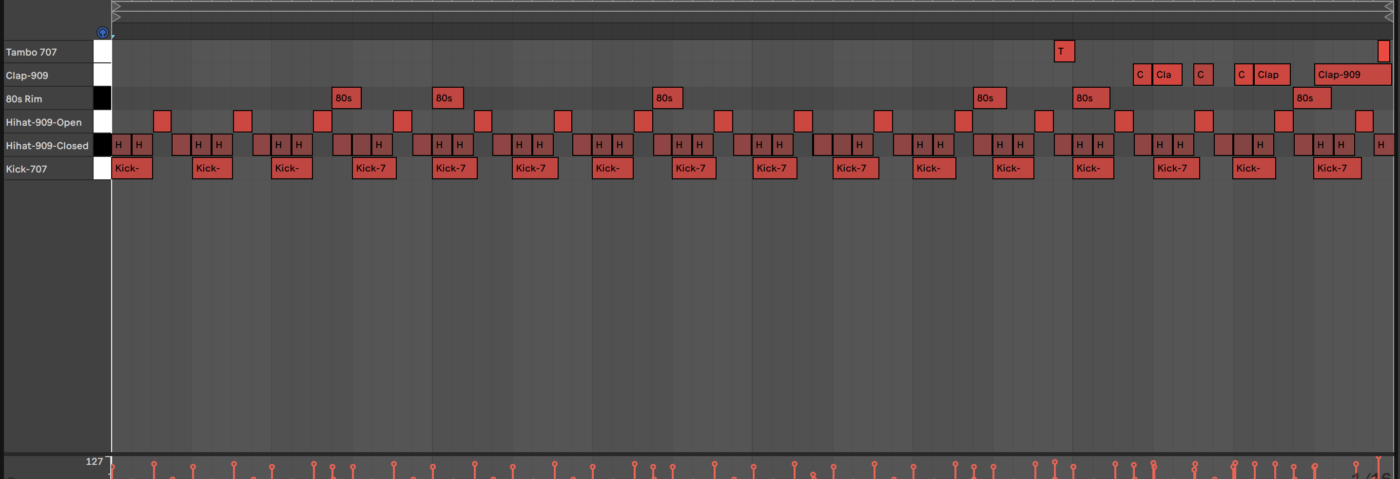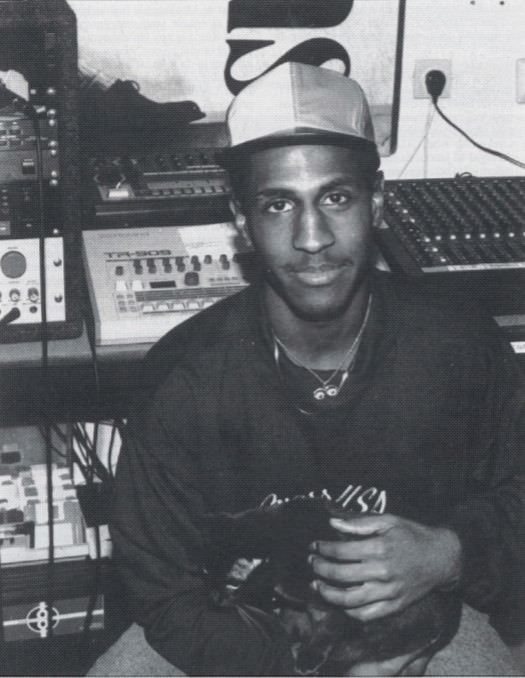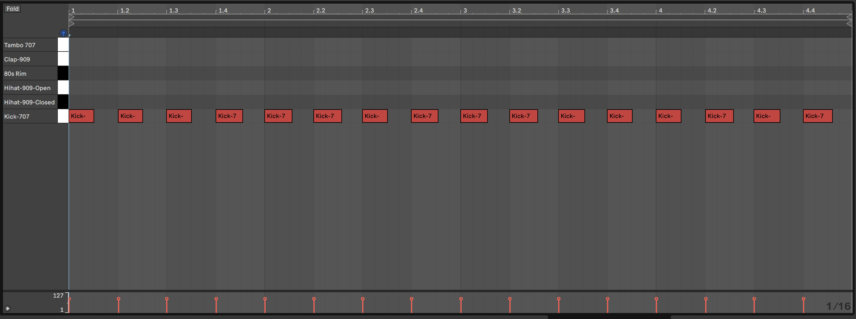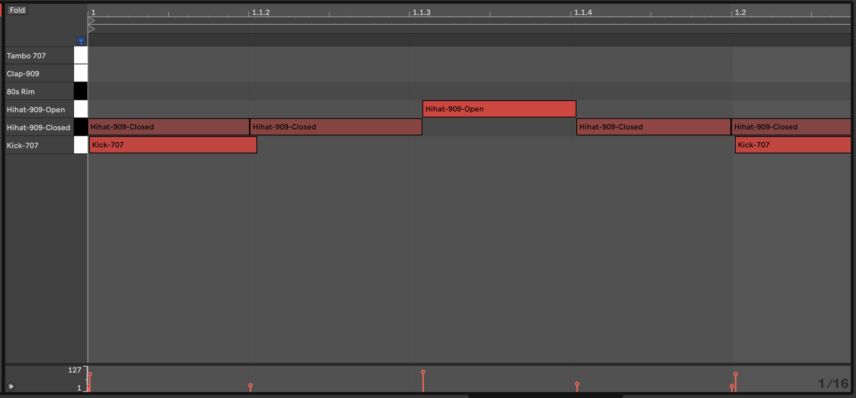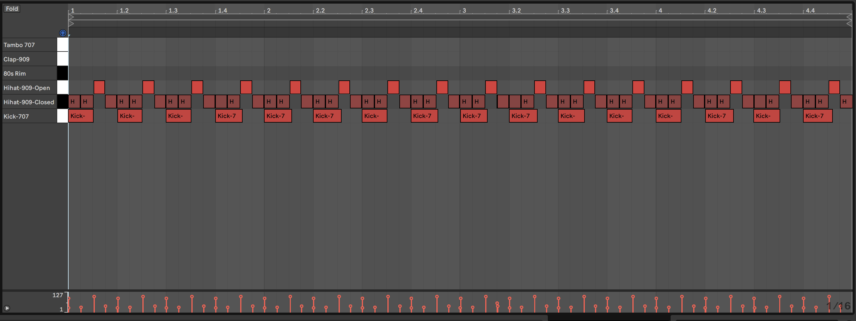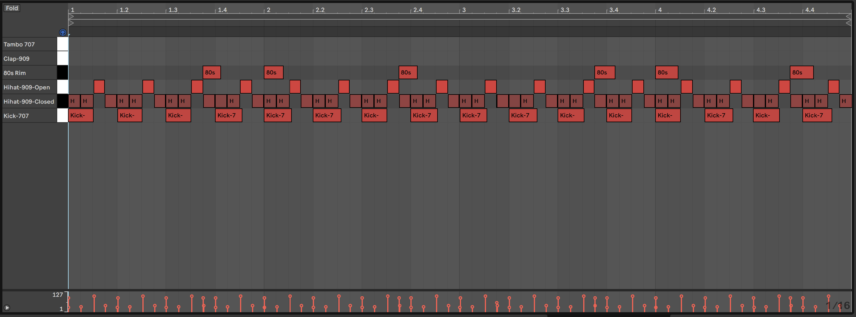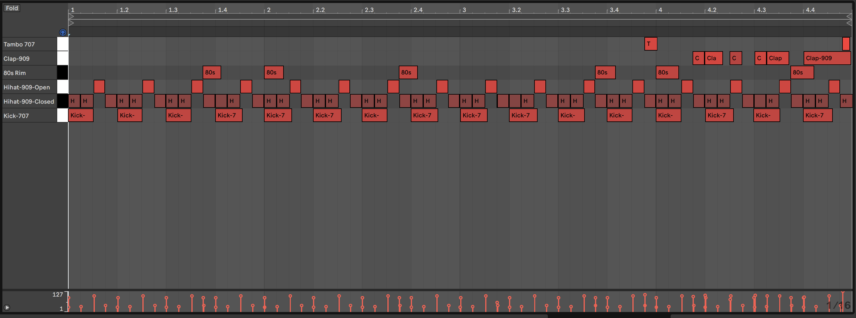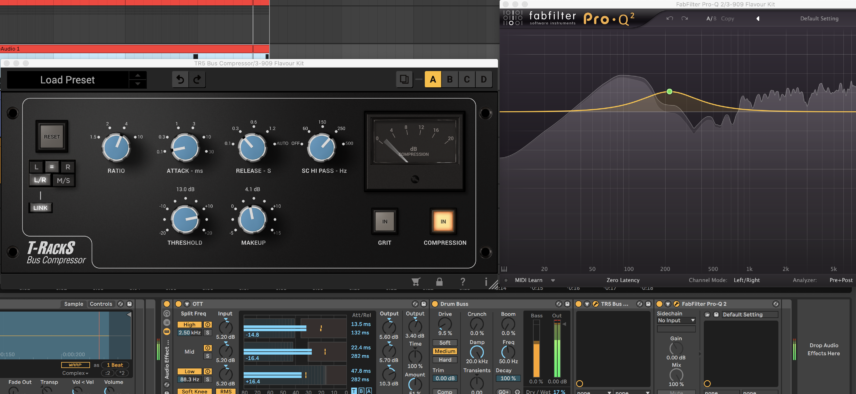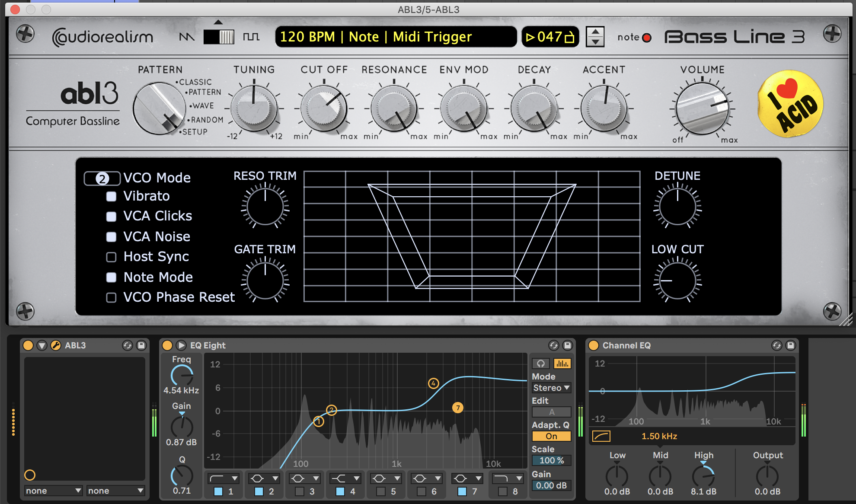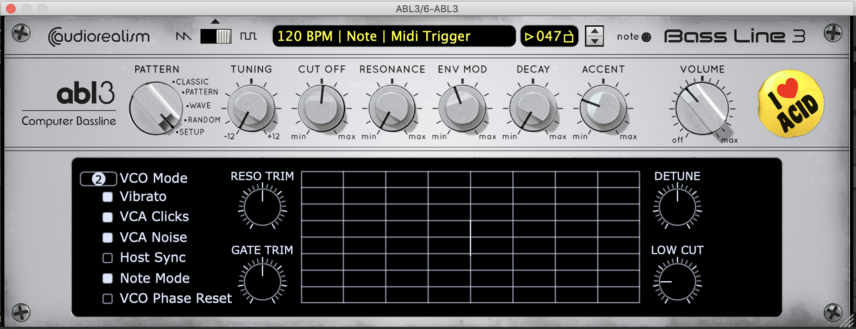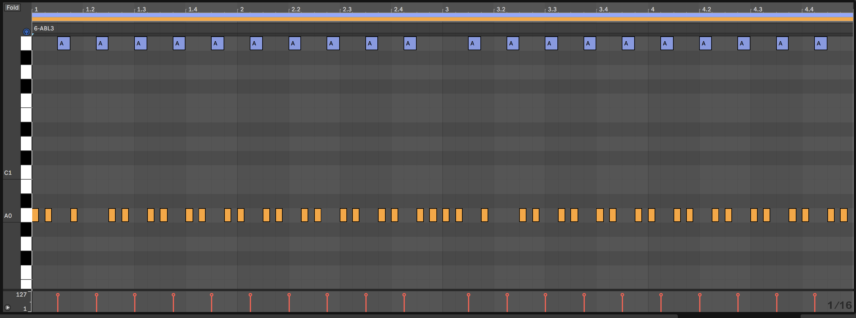In this new Beat Dissected, we program a vintage acid house beat inspired by Armando’s classic ‘151’.
‘151’ was one of multiple acid house-defining singles released by the Chicago DJ and producers’ label Warehouse Records in 1988. It features a driving drum groove with sounds from the Roland TR-707 and TR-909 along with a simple but hypnotic TB-303 bassline. Armando tragically passed away at the early age of 26 but his releases at the young age of 18 are still regarded as some of the most influential in the genre.
Beat Dissected is a regular series in which we deconstruct drum patterns, showing you how to program them in any DAW. Just copy our grid in your own software to recreate the loop. To follow along, download the MIDI file here . To enlarge any photo, just click on the image.
If you find this tutorial helpful, you might also enjoy our book, “The Secrets of Dance Music Production”.
Here’s the beat we’re building today:
Spec
Tempo
122 BPMSwing
Manual NudgeSounds
Ableton and AkaiSTEP 1
Drag Live’s ‘Kick-707’ from its Drum Essentials Pack to the drum rack and program in a four-to-the-floor with some occasional nudges to add some swing.
This sample’s transient is quite sharp but we will tame it later with some compression!
STEP 2
Using Live’s ‘Hihat-909-Closed’ and ‘Hihat-909-Open’ samples from the Drum Essentials Pack, program a straightforward 16th-note pattern with the open hat playing on the off beats. Make sure the hi-hats are not quantized and have different velocities!
A good trick for this is playing them in live with a MIDI controller and then looping your best take.
STEP 3
One of the defining characteristics of the ‘151’ beat is the rim shot that is drenched in classic 80’s-style gated reverb. There is also an increased pre-delay on the reverb, making the reverb start a bit late.
Drag a rim shot sample into the drum rack—we used ‘80s-Rim-F9 Grid Rim’ from Akai MPC Beats – and insert Live’s Reverb followed by a Gate and EQ Eight.
Set the reverb’s pre-delay to around 60 ms, the Dry/Wet to around 50% and the decay time to 1.60 ms. Experiment with the Gate’s threshold, return and release settings until you get a result where you hear the reverb tail for the desired amount of time before it goes silent. Use the EQ to cut low-end rumble while boosting the highs. This will add more definition to the reverb tail.
Program the rimshot in a way that it fills in spaces between the main kick and open hi-hat hits, catching them only occasionally.
STEP 4
The last element of the beat is a syncopated clap fill with a couple of tambourine hits thrown in. Program the fill in the fourth bar with the first tambourine hit coming in on the last 16th-note of the third bar.
We used ‘Clap-909’ again from Live’s Drum Essentials Pack and ‘Tambo-707’ from the Skitter and Step Pack.
STEP 5
Now to process the drum bus! First, use the OTT preset from Live’s Multiband Dynamics to glue the drums together while increasing the lows via the low band. This is an extreme preset so lower the dry/wet using the amount knob. We used it at around 51%.
Next, add some saturation to give a more vintage feeling to the drums, followed by a compressor to add some punch and an EQ to slightly boost the low-mids for more body. We used Live’s Drum Buss Drive knob, IK Multimedia’s Bus Compressor and Fabfilter’s Pro-Q for these tasks.
The final step is a reverb send. Many early electronic productions from the ’80s have wetter drums because this was a technique used to make drum machines sound more live. To emulate this, insert Live’s Reverb on a return channel with the Dry/Wet at 100% and Decay Time at around 2.50s.
Insert an EQ on the return channel to cut the lows—we don’t want every low kick to echo and create rumble! Experiment with how much of the drum rack’s signal you send to this reverb to taste. We sent around -19db.
To place the beat within context we recreated the bassline from ‘151’ using AudioRealism’s ABL3, which is a plug-in emulation of the Roland TB-303.
There are actually two basslines here. The first is the more pronounced and squelchy high A note with the high frequencies emphasized. The note is playing every three 16th-notes to add a rhythmic contrast to the drums’ four-to-the-floor feel.
The second bassline has no resonance and is playing the lower A notes that fill in the gaps between the first bassline’s notes. This bassline’s notes are meant to be plucky and not sustained, so we shortened the note lengths in the grid. We also sent these bass parts to the reverb return from the previous step to place all of the instruments in a uniform space.
Here’s how the combination of the two basslines sound alone.
Here is the beat and bass parts together.
